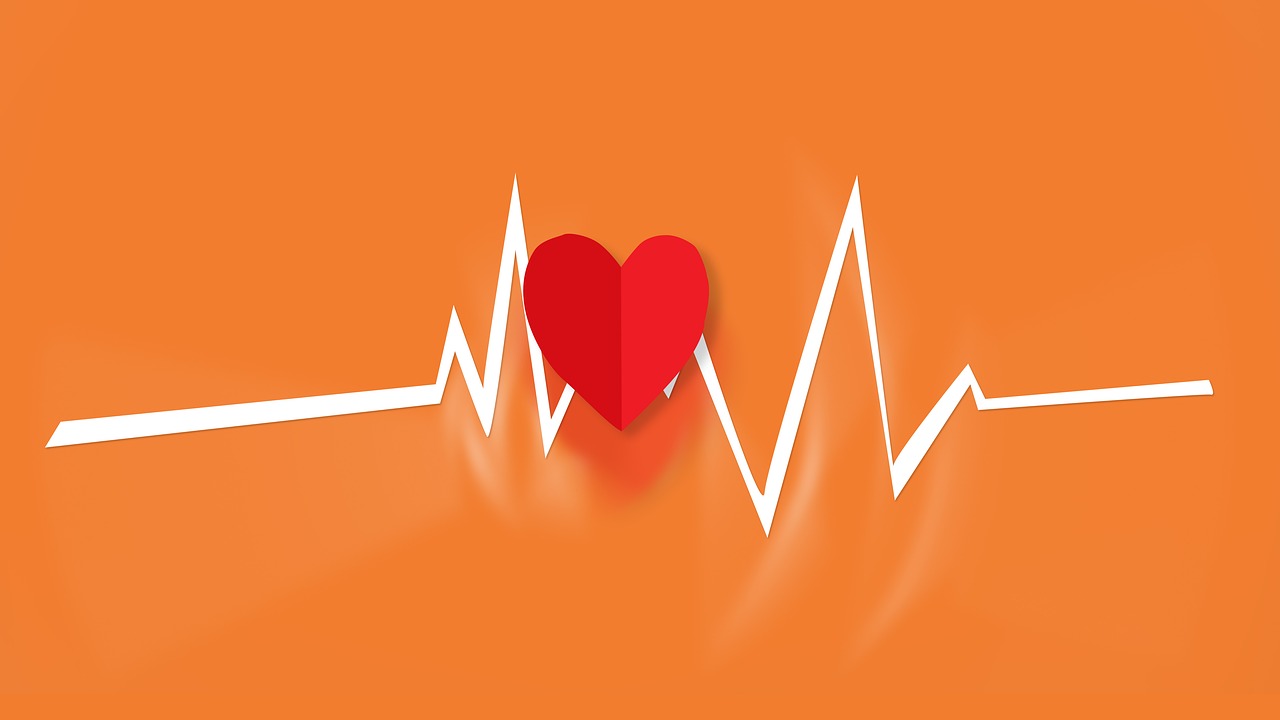
Is Medical Transport Services Something You’re Considering?
Here Are Needed Facts:
If you’ve not yet added medical transport services to your health care benefits design, it’s something you should think over. You’ll understand how advantageous it is to own such a service and voluntarily encourage others to hop on board too. In recent decades, demands have reached the roof as patients needing medical transportation increase.
How much has medical transport services changed?
Take a breath! Let’s go on a brief history tour to learn how medical transport services have transformed and extended life. France was the first to dub an ambulance in the 1700s. It only two wheels, but quickly grew popular as it made transporting the injured easier during battle. Unfortunately, it wasn’t the most reliable intervention. Today, diversity of patient care ergonomics has made medical transport simpler, and faster, enabling the staff to work more efficient. In fact, non-emergency medical transportation has become widely available, although it’s a relatively new intervention.
Recent studies revealed that medical transport services save an estimated 85% of patients’ life. Ambulance services, another form of medical transportation accounts for the most saved lives. With a growing demand for passionate medical transportation drivers today, employment opportunities require reasonable experience over qualifications, especially for the air medical transport. However, someone wanting to pursue this profession shouldn’t turn down the opportunity to earn a higher education.
How beneficial are medical transport services?
You’ll realize that medical transport services optimize patient care across all departments. It’s prevalence and acceptance in society isn’t because of convenience alone. Daily, medical transport operators undertake a massive workload. It’s without question that it’s advancing patient care and medical services given the volume of calls. What’s more, many don’t understand that ambulance services are merely an extension of medical transportation. The department extends three diversity care services to hospitals, private patients, and organizations. This includes non-emergency, long-distance and ambulance services. It’s probably the first you’ve heard of long-distance patient medical transportation. It’s been around, but it’s not as widely explored as ambulance and non-emergency medical transport options.
How does different medical transport services work?
– Ambulance medical transport services
Known as the most widely practiced option, ambulance transport services cover emergency patient care. If you’re near death or terminally ill, your chance of survival is greater with an ambulance. The vehicle has an equipped, trained medical team and emergency care instruments on board. Examples of situations that warrant such a service include emergency labor (expectant mother), heart attacks, car accidents, severe allergies, etc. You’ll receive urgent care on your way to the nearest hospital or emergency medical center.
– Non-Emergency medical transport services
You’re opportune to medical transport services even if it not an emergency. With Non-Emergency medical vehicles at your earliest convenience, you’ll reach different treatment centers on time. This is a short-distance medical care intervention and destinations are usually within close proximity.

– Long-distance patient medical transport services
Medical transport services classified as long-distance care is as the name states. It’s similar to that of non-emergency medical transportation, but caters to out-of-town patients needing specialty care. Vehicles often travel 500 miles or longer distances to get patients quality medical care. Elderly patients account for the larger population using this service.
– EMT Coverage
Whatever the speed of transport, one important resource must always be on board, the Emergency Medical Technicians (EMTs). They are trained in all the same ways, using the same techniques, regardless of the amount of terrain they must traverse to do their jobs. If the patient is not breathing, the EMTs will perform cardiopulmonary resuscitation (CPR), including possibly jolting a stopped heart with a blast of electricity with a defibrillator.
In an emergency, EMTs are even trained to perform minor, emergency surgery. For instance if an airway is blocked, they may perform an emergency tracheotomy to enable the patient to breath. And they always control bleeding with advanced First-Aid techniques.
With this information, you’ll have an opportunity to take advantage of customized medical transportation. Your rewards depend on your choice of healthcare benefits design. You should always inquire about any extra fees you might incur before using a medical transport add-on.
